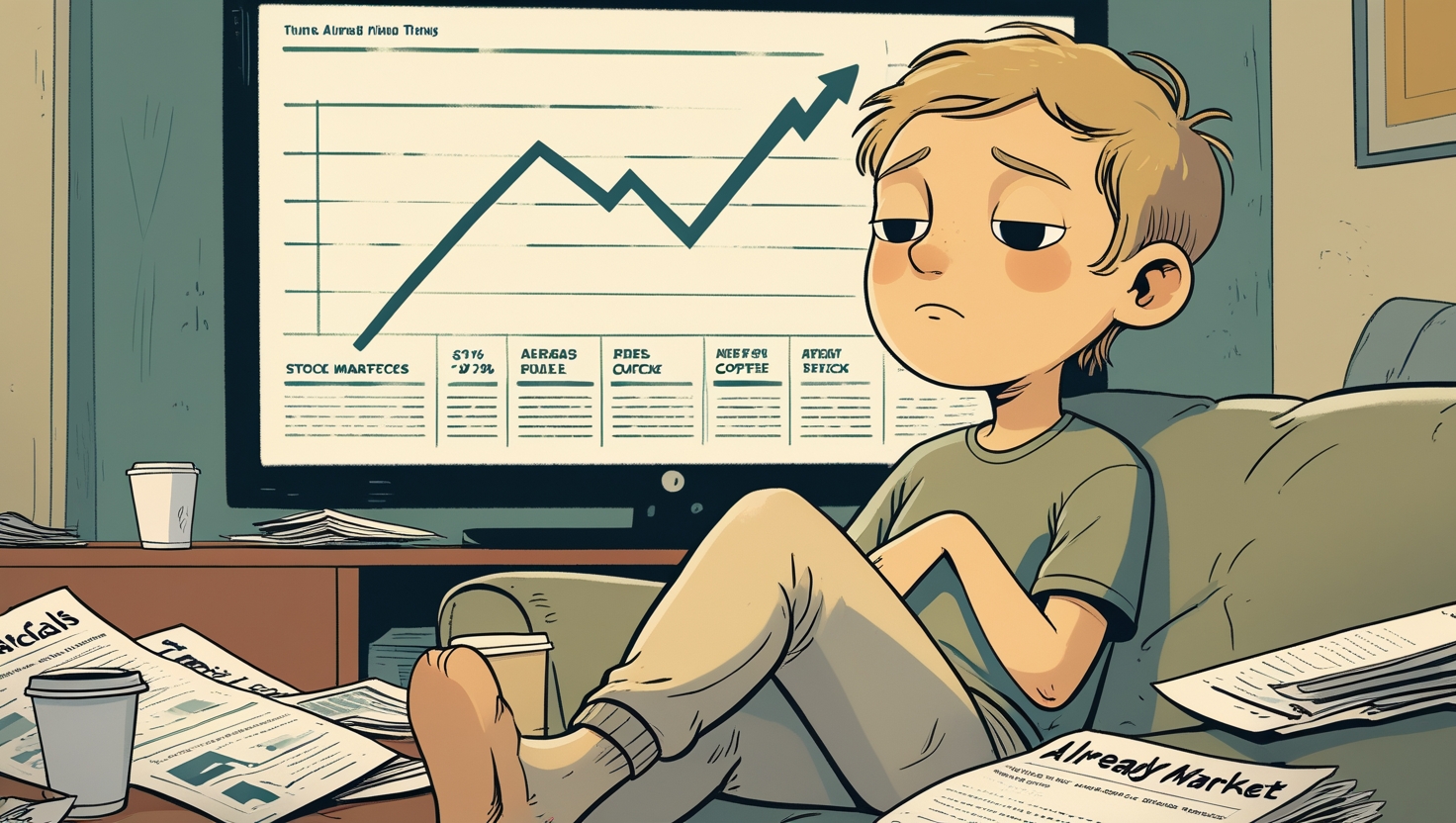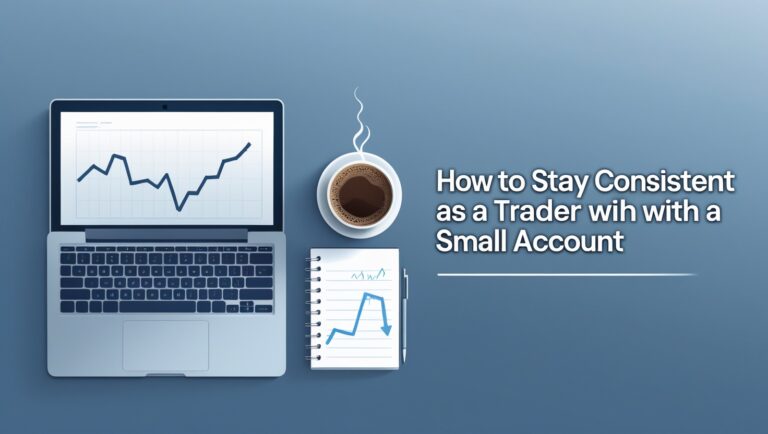Why I Don’t Chase Stocks That Already Ran
Why I Don’t Chase Stocks That Already Ran
One of the most expensive lessons I learned in trading came from chasing stocks after they already made their move. You see a name up 50%, the chart looks strong, momentum is everywhere — and the urge kicks in: “I better get in before it goes higher.”
But here’s the truth: chasing is a trap. And it cost me more losses than I care to admit.
Now? I don’t chase. Ever. And this shift in mindset has completely changed the way I trade.

Table of Contents
Chasing Feels Right — Until It Isn’t
When you see a stock flying, it’s easy to think, “This thing’s unstoppable.” The volume is pouring in, social media is hyping it up, and everyone seems to be making money — except you. That pressure makes you jump in blindly.
But by the time you chase, you’re late. You’re usually buying someone else’s exit. And when the pullback hits (because it always does), you’re left holding a red position with no plan and no clean setup.
I Trade Where I Have the Edge — Not Where Everyone’s Already In
I’ve learned to focus on preparation over reaction. I want to be in before the breakout — not chasing candles at the top.
I look for consolidations, key levels, volume buildups, and clear structure. That’s where real opportunities live. Once a stock goes parabolic, it becomes harder to control risk — and harder to trust the chart.
Chasing Destroys Risk Management
Most of my worst losses came from chasing. Why? Because the entries were late and emotional, and I didn’t have a real stop loss or risk plan. It was all based on hope.
Now, I only take trades that fit my setup. If it already ran and didn’t give me an entry zone I trust, I let it go. There will always be another setup.
Patience Pays More Than Hype Ever Will
It took discipline to build this habit, but it’s been worth it. I wait for pullbacks, retests, or new setups to form. If I miss a move? So what. That trade wasn’t mine. I’m not here to chase — I’m here to trade with purpose.
If I stay patient and follow my plan, I always find something better. And I sleep better too.
Want to See the Process I Use to Catch Moves Early?
I share exactly how I find clean setups before they explode in my ebook:
👉 Pay Your Bills with Stocks
It’s the full breakdown of how I build my watchlist, spot volume early, and manage trades without chasing anything. If you’re tired of being the last one in, this will help.
Final Thoughts
Chasing might give you a rush, but it rarely gives you results. The traders who win consistently aren’t the ones who jump in late — they’re the ones who wait, plan, and strike when the setup is clean.
So if you’re still getting burned chasing green candles, step back. Ask yourself: Was this trade part of my plan — or just FOMO?
There’s always a better trade coming. But only if you have the patience to wait for it.
The biggest problem with chasing is that it forces you to enter trades without structure. You don’t know where to put your stop. You don’t know where buyers came in. You’re trading pure emotion — and the market punishes that.
One of the most common patterns I’ve seen is a big breakout that looks like it’s going to the moon… until it doesn’t. It stalls, fakes out, and drops hard — taking everyone who chased along with it. I’ve been there. I’ve seen my green day flip red just from one trade I had no business being in.
That’s when I had to get real with myself: Am I trading a setup, or am I chasing a feeling? Because that’s what chasing really is — it’s a response to fear of missing out. And FOMO is not a strategy.
Now when I see a stock already up 40% or 60%, I immediately ask: Where were the best entries? If I missed them, I wait. I don’t care if it runs another 20% without me. I only enter where I have clear control over risk and a proven setup.
The funny thing is, once I stopped chasing, my trading got way easier. I wasn’t caught in panic reversals. I wasn’t bag-holding trades I entered at the top. I started to focus on clean pullbacks, base breakouts, and trend continuation — with proper risk-to-reward.
Sometimes I’ll even watch a stock run just to learn from the move. I study where volume came in, how it consolidated, and where the real breakout happened. That way, I’m prepared for the next one, instead of reacting to the tail end of the move.
I remind myself every day: your job isn’t to catch every move — your job is to catch the right one at the right time. That’s what professional traders do. They don’t chase hype — they position early.
I also journal trades I wanted to chase but didn’t. That’s been a powerful exercise. I go back, look at how the chart unfolded, and usually I’m thankful I stayed out. Most of those parabolic runners end up fading or chopping sideways anyway.
When I do want to trade momentum, I wait for confirmation — like a bull flag, VWAP reclaim, or a breakout with volume. I don’t buy blindly into strength. I look for the next structured entry. That’s how you stay consistent without becoming a bagholder.
There’s also something empowering about missing a move and feeling nothing. That’s how I know I’ve grown. The old me would’ve panicked and jumped in late. The current me? I trust that there will always be another opportunity — because I’m building a process, not chasing random wins.
If you struggle with chasing, I recommend creating a rule: if the stock is up more than 20% without a pullback, you don’t touch it. That one boundary changed the way I trade. Now I wait for setups to come to me — and I trade with confidence, not emotion.
And if you want to see how I find plays before they explode — with entries that actually make sense — I break it all down inside my ebook:
👉 Pay Your Bills with Stocks
I walk you through how I build my watchlist, what I look for in early setups, and how I stay one step ahead instead of chasing leftovers.

Stay ahead in the stock market! Subscribe to our newsletter and receive exclusive stock flow reports, trading insights, and actionable tips directly in your inbox. Join thousands of traders who get our updates first.







